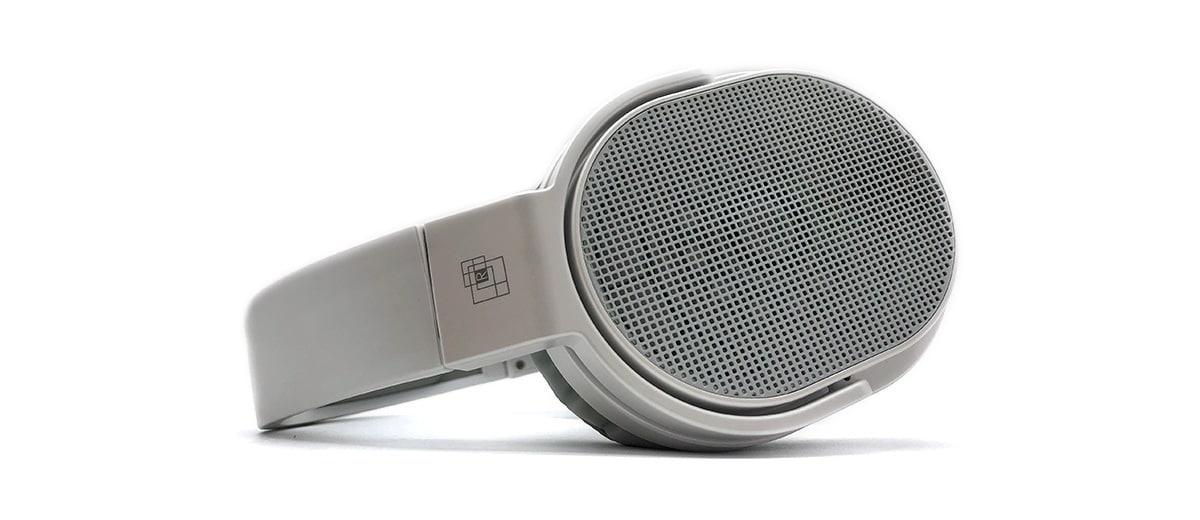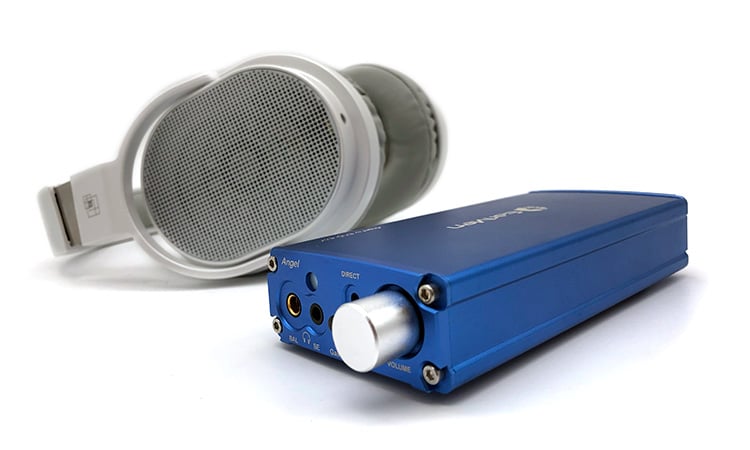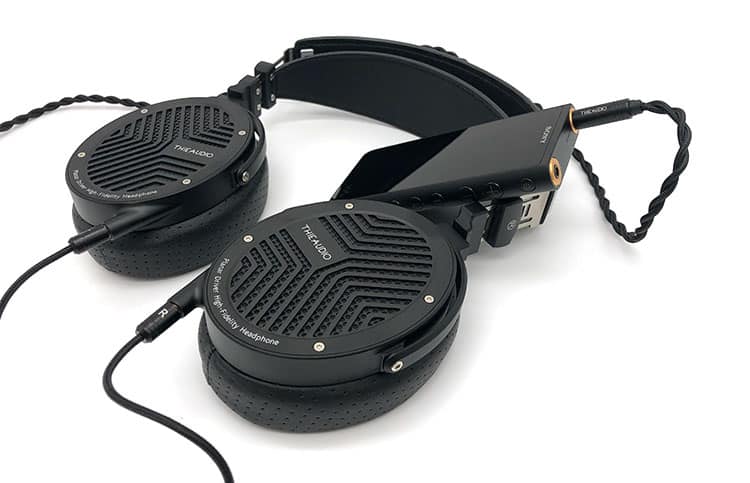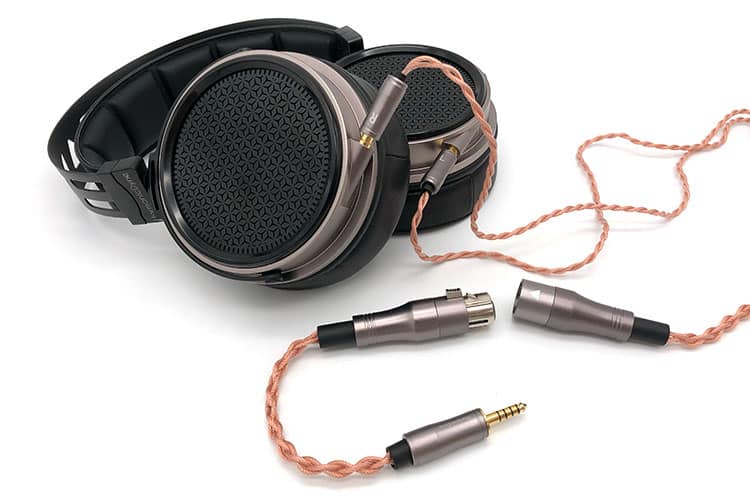Synergy
Efficiency
From the looks of it, I wasn’t expecting the Moondrop Void to ask for too much power. With a rated efficiency of 64Ω and 110dB sensitivity, a lot of everyday devices can already bring it to speed.
But with a more proper setup like a desktop-class DAC/Amp, the 7.5W single capable Burson Conductor 3 Reference in the low gain setting still climbed up to 15 in volume.
And in addition to this, the more portable but still powerful EarMen Angel reached around 25% of its capability to energize the Void.
Pairings
The Conductor 3 Reference, (C3R), brought out the scale of the bass of the Void without hampering its low-end extension. On the other hand, the Angel may not have the same amount of denseness but it lets the strings of a bass guitar bite with crisper delineation.
Singers and instruments on the C3R aren’t as light sounding as the Angel, especially in the upper midrange. The Angel though allows for a subtly clearer picture by accentuating this area slightly more than Burson.
Offering more polished dispersion, violins sound more refined in the C3R showing it to be less forced and more natural than the Angel. Electric guitars on the Angel though are more forward and intense sounding.
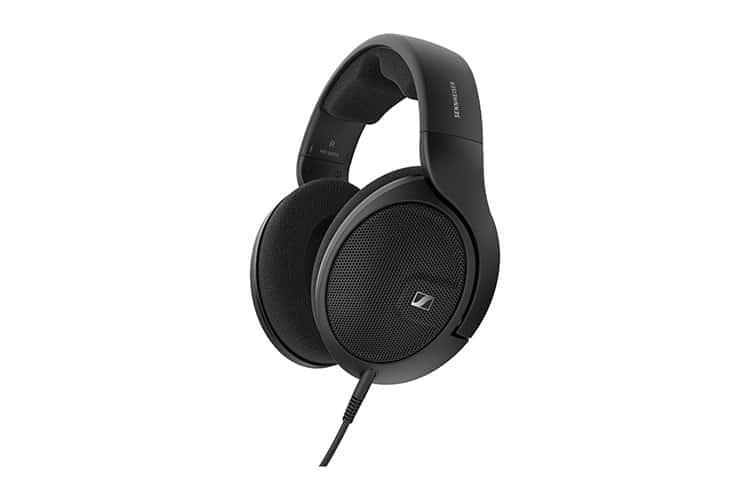
Select Comparisons
Sennheiser HD560s
$199
Technical
Ending with an ‘s’ Sennheiser built the HD560s to be reference sounding with its roots taken from the HD660s. Its all-new 120Ω transducer is less efficient than the Void but it reaches a deeper 6Hz sub-bass extension.
As I read through the technical differences between the two, it is more obvious that Moondrop focused on perfecting their drivers while Sennheiser’s history allowed them to tweak the HD560s a little more.
Following the optimal triangular listening position often seen in speaker setups, the newly developed drivers on the HD560s are angled instead of directly facing the ear like on the Void.
Design
With an unmistakably Sennheiser look, the HD560s closely resembles the HD599. Its classic and more molded structure makes the HD560s stand out better even though it does have some inexpensive elements of its own.
What I like about the HD560s is that while its extension mechanism may be plastic, its use of a metallic grille that integrates the fresher design of the HD660s saves it from being too rudimentary.
The HD560s uses velour as the material for its earpads and headband padding. To be honest, I prefer the breathability of a velour pad but Sennheiser simply glued its headband padding which is less neat than what the Void offers.
Performance
Having tons of stage and airiness over the Void, the HD560s is more directed toward those chasing the feeling of freely floating instruments with a darker background. But with a drier and clinical take on kick drums, it could be less exciting than the heavier image of the Void.
At least the weaker bass of the HD560s doesn’t mean it is less technical. In fact, with an opposite approach than the Void, the cleaner presentation lets details be heard even without the need to lift the sub-bass extension.
Bright singers on the HD560s tend to be hotter which could be fatiguing to some. But the truer timbre brought by the better overall tonal balance gives voices their well-deserved attention which the Void answers to by adding some sweetness to counteract.
Snare drums on the Void are not as well fleshed out as the ones heard on the HD560s. Quite skilled, the stick hitting the instrument is more realistically captured by the HD560s.
Thieaudio Wraith
$549
Technical
Riding on the rising popularity of planar cans, Thieaudio revisited its headphone line by offering the Wraith. Designed to deliver in a professional setting, the bigger 97mm drivers cover 20Hz to 40kHz of the frequency range and on paper get an accurate pinna compensation.
There is less information showing what’s inside the Wraith since the company focused more on the sound department. They only briefly mentioned the thin magnetic plates and uniform surface tension of the membrane.
Design
Apart from the planar drivers, what’s making the Wraith heavier is the higher ratio of steel used. Plus, the use of thick leather in the spring steel and suspension strap gives off a more premium feel.
The Void’s cups already pivot rather firmly front to back but the Wraith is a few times stiffer holding its place once let go. Here, The Wraith is showing a bit more originality as it designed the grille to be more contemporary as it features as well a prominent set of screws keeping it in place.
Both headphones feature removable earpads that are quite easy to remove. Being less traditional, Thieaudio does theirs through interlocking Velcro making the procedure more of a peel-off process.
Performance
With an immense bass of its own, the Wraith also spices up kick drums for some added coloration. But less emphasized considering the Void, the Wraith offers better clarity and less softness in definition and attack.
The Wraith will isolate the center image far more vividly than the Void while also placing instruments further away. And since it has a finer image presentation, far effects like pops, rings, and claps get a more refined and open-sounding soundscape.
Both headphones however are not the best in the realistic representation of the snare drums having a suppleness to the timbre infused with thickness. The Void as the weightier one still lets the Wraith pull ahead in electric guitar resolution and dynamics.
HarmonicDyne G200
$699
Technical
A parallel with Moondrop, HarmonicDyne explored the unfamiliar in their release of the G200. And even in their first-ever planar magnetic headphone, the 64Ω 102mm nanocomposite drivers of the G200 are already quite interesting.
With a wider frequency range of 10Hz to 45kHz, the G200 is utilizing an isokinetic magnetic field with double-sided high-pass magnetic tapes. The result is a reduction in THD and excellent uniformity in diaphragm vibrations.
Design
The G200 is a more visually rich device that also plays around with materials to balance weight and looks due to the significantly heavier planar drivers. It exchanges the spring steel and plastic headband of the Void into a unified part made with carbon fiber.
The adjustment mechanism of the Void is more old-fashioned but, in its defense, it is easier to use than the G200 due to its more fluid bite. The G200 uses a leather suspension strap with six memory foam inserts which is a nice touch over the soft foam of the Void.
A nice-to-have feature of the G200 that the Void can’t do is to fold flat with its swivel allowing 180 degrees of freedom. This lets you see in full view the grills that are cut with three-pointed star patterns in comparison to the simpler impression of the Void.
Performance
While not perfect, I like the overall tonal balance of the Void over the G200. The technical proficiency of the G200 will trump the Void any day but its scooped midrange and darker treble take away the clarity I’m after in the vocal department.
The Void lifts the sub-bass for a meatier rumble making it seem busier since the G200 though similarly showing softness and suppleness is not as forward and dense. But in an easier track, the Void does show some fair game in retrieving detail coming in close to G200.
Both tunings, however, share the enclosed space trait which doesn’t let the openness come as expected. Here, electric guitars are a lot more recessed on the G200, and it strains the violin to sound more like a background instrument and not the main attraction even though the piece playing is a simple duet.
Our Verdict
The Moondrop Void might not be making headlines due to its display of modest technicalities. However, Moondrop succeeded in developing a well-rounded product for their first in-house-built headphone while giving it an easily appreciated tuning.
Some of you may be expecting a more groundbreaking dynamic offering from Moondrop. However, I’m more inclined to see if their dominance in the IEM scene will translate in this new category knowing that the cans are quite easy to pair and also respond well to the quality of components in the chain.
I would also suggest experimenting with using aftermarket cables with it to see if you’ll get the same performance improvement I got with the Line – ‘V’ upgrade cable.
Moondrop Void Technical Specifications
- Type: Open-back monitor headphone
- Driver: Self-developed 50mm high-performance dynamic driver
- Diaphragm: Composite diaphragm
- Connector: Dual 3.5mm
- Cable plug: 3.5mm single-ended
- Frequency response: 10Hz – 80kHz
- Effective frequency response: 20Hz – 20kHz (IEC60318-4, -3dB)
- Impedance: 64Ω±15% (@1kHz)
- Sensitivity: 110dB/Vrms (@1kHz)

